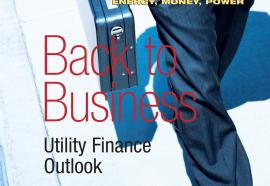M&A Uptick
Do regulatory and economic trends favor industry mergers?
Now that some new major transactions have emerged, and financial recovery appears slowly moving forward, utility mergers are beginning to appear likely again. Although regulatory hurdles still impede new transactions, some changes at the federal level are reducing concerns about market power and competition. Plus, changing market conditions and new compliance requirements are strengthening the case for scale economics.










